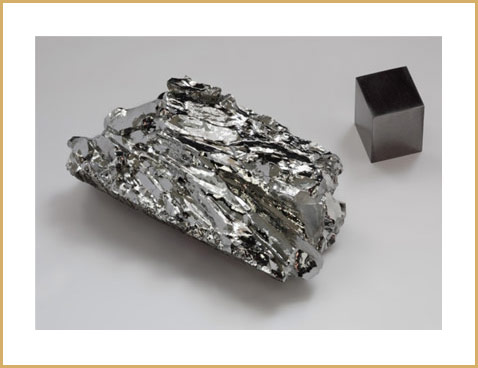MOLYBDENUM

What is Moly?
Molybdenum is a chemical element with symbol Mo and atomic number 42. Molybdenum does not occur naturally as a free metal on Earth; it is found only in various oxidation states in minerals. The free element, a silvery metal with a gray cast, has the sixth-highest melting point of any element. It readily forms hard, stable carbides in alloys, and for this reason most of world production of the element (about 80%) is used in steel alloys, including high-strength alloys and superalloys. Most molybdenum compounds have low solubility in water, but when molybdenum-bearing minerals contact oxygen and water, the resulting molybdate ion MoO2−4 is quite soluble. Industrially, molybdenum compounds (about 14% of world production of the element) are used in high-pressure and high-temperature applications as pigments and catalysts.
Moly Process Technology
Between thirty and forty percent of moly tech oxide production is processed into ferromolybdenum (FeMo). The oxide is mixed with iron and reduced by aluminium in presence of Ferro Silicon in a thermite reaction, producing a ferromolybdenum ingot weighing several hundred kilograms. The product contains between 60 and 65% molybdenum, balance essentially iron. After air cooling, the ingot is crushed and screened to meet specified ferromolybdenum particle size ranges.
Main Application areas
They are used in a wide array of industries such as Alloy steel, Lubricants, Greases, Friction material, Engineering plastics, Sinter Metallurgy, Cold forging, Glass, Ceramics, Pigments, Catalyst, Animal Feed, Surface Finishing, Paints & coating, Pharma and other specialty chemicals applications

